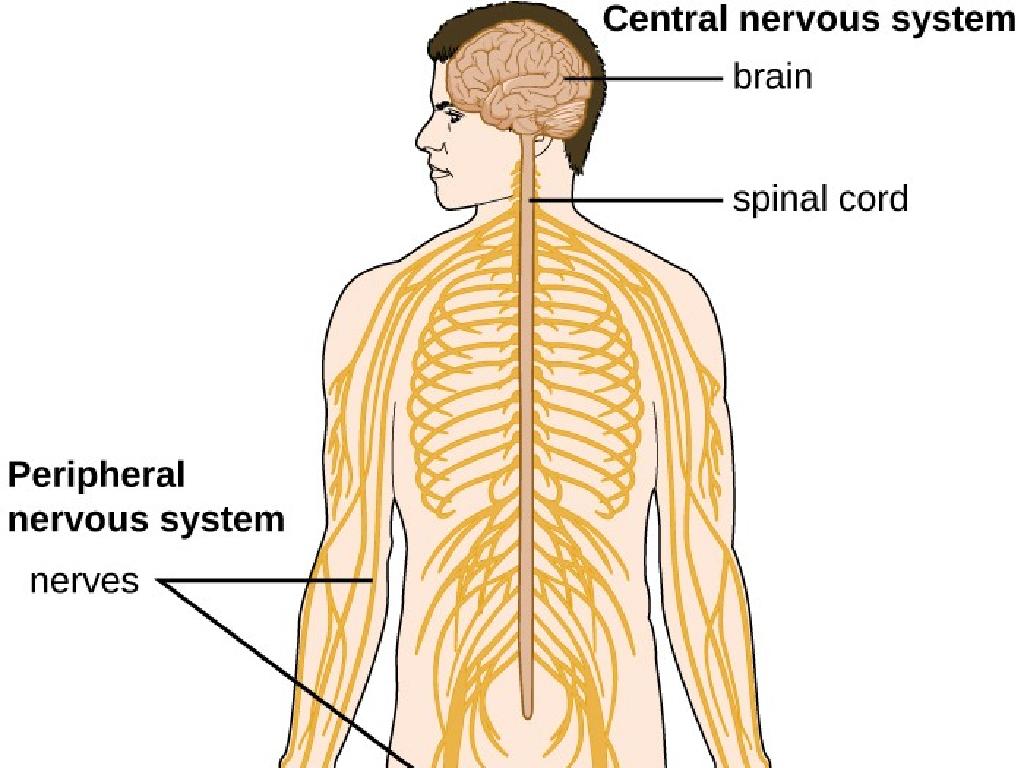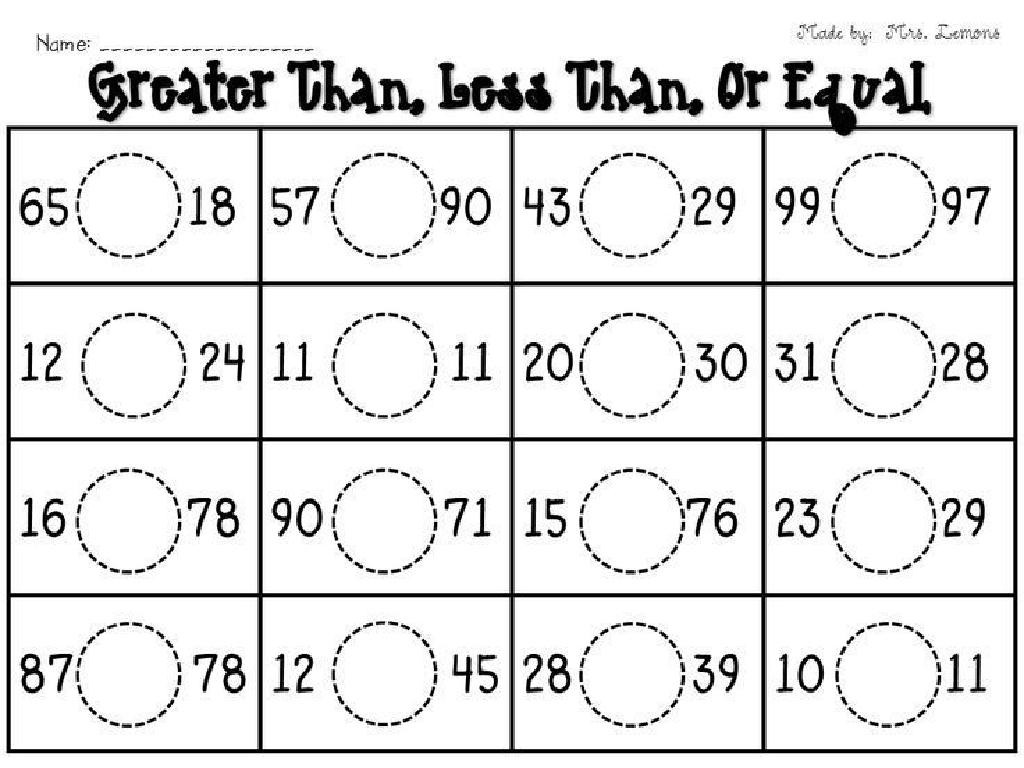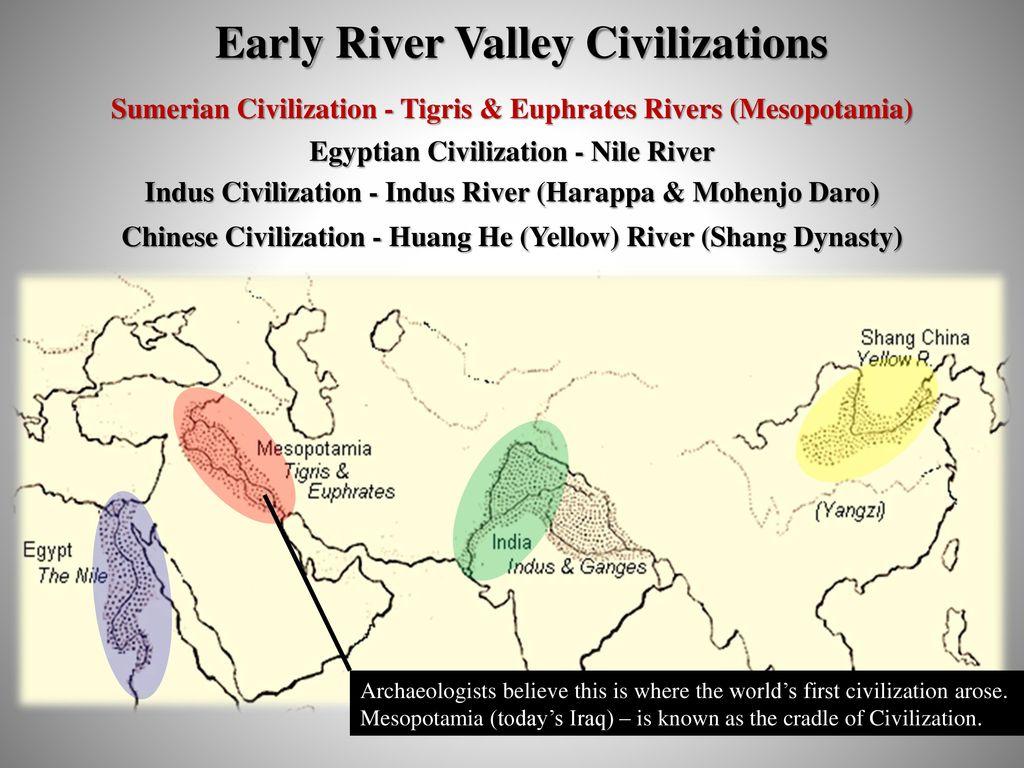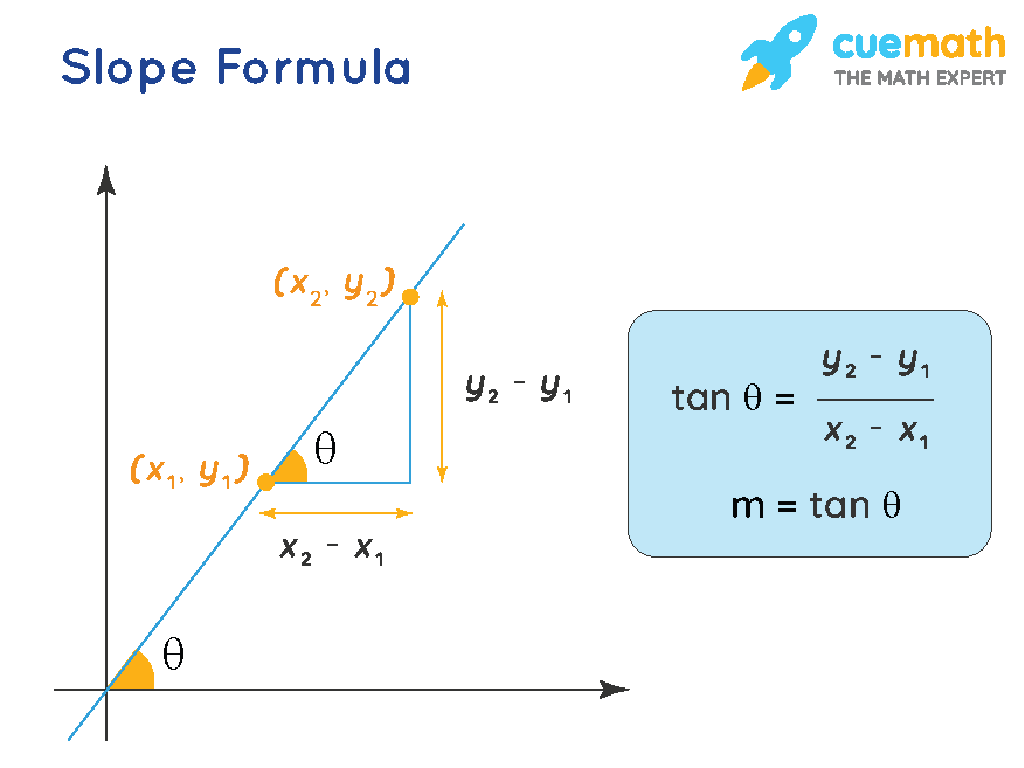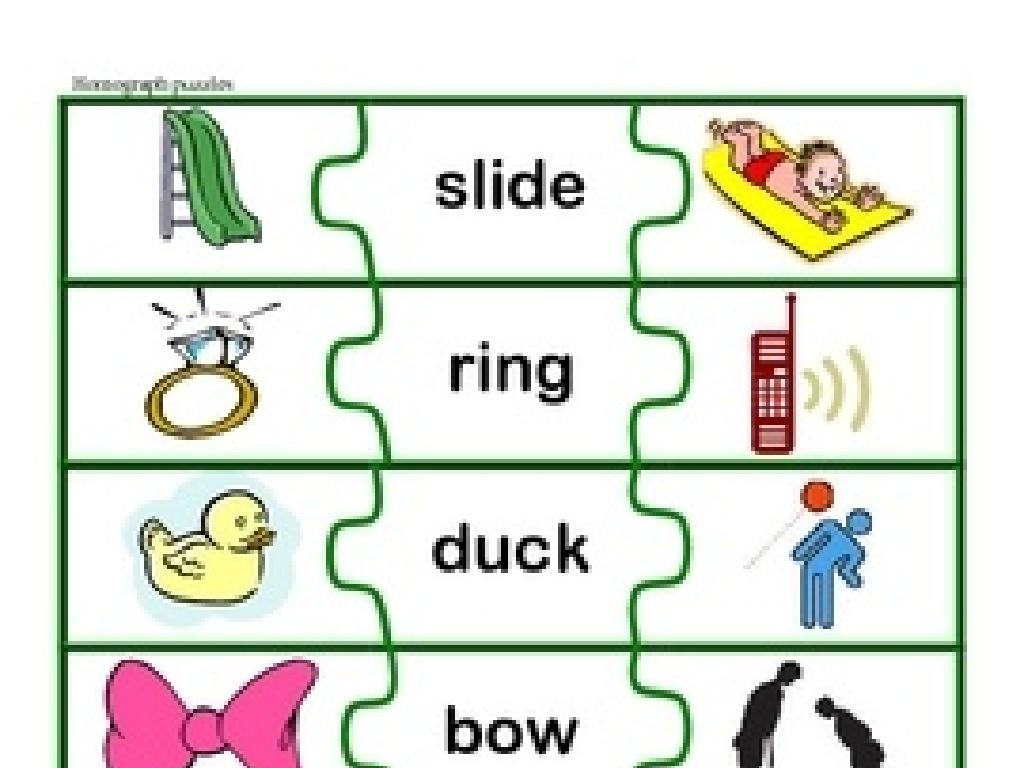The Postwar Era (1945-1980)
Subject: Arts and humanities
Grade: High school
Topic: Us History
Please LOG IN to download the presentation. Access is available to registered users only.
View More Content
Introduction to the Postwar Era (1945-1980)
– Overview of the Postwar Era
– A period marked by reconstruction and the onset of the Cold War.
– Major US and global changes post-WWII
– The US emerged as a superpower, leading to geopolitical and economic shifts.
– Prelude to civil rights and the Cold War
– Civil rights movements gained momentum, setting the stage for social reform.
– Cultural shifts of the era
– The era saw significant changes in art, music, and societal norms.
|
This slide introduces students to the transformative period following World War II, known as the Postwar Era. It was a time of significant change, both in the United States and around the world. The US emerged from the war as a global superpower, which led to a new geopolitical landscape and the start of the Cold War. Domestically, the stage was set for the civil rights movement, which would challenge racial segregation and discrimination. Additionally, the era was characterized by major cultural shifts, including changes in art, music, and social behavior. This period laid the groundwork for modern American society, and understanding it is crucial for comprehending contemporary issues.
The Aftermath of WWII: Global Impact and Domestic Prosperity
– Formation of the United Nations
– Established to promote peace and cooperation.
– Onset of the Cold War
– Tensions between the US and USSR leading to a political and military rivalry.
– Postwar economic boom
– Wartime innovations spurred economic growth, leading to a period of prosperity.
– GI Bill benefits
– Provided veterans with education and housing, fueling economic growth.
|
This slide aims to encapsulate the significant events and outcomes following World War II. The creation of the United Nations marked a global effort to prevent future conflicts and foster international cooperation. The Cold War began as ideological differences between the US and the USSR surfaced, leading to a prolonged period of geopolitical tension. Domestically, the US experienced an economic boom, partly due to technological advancements made during the war. The GI Bill played a crucial role in this prosperity by offering returning veterans financial support for education and housing, which in turn stimulated the economy. Discuss how these events set the stage for the latter half of the 20th century, influencing political, social, and economic trends.
The Cold War: US vs. USSR
– Definition of the Cold War
– A state of political tension and military rivalry between nations that stops short of full-scale war, especially that which existed between the US and Soviet Union post World War II.
– Berlin Airlift & Cuban Missile Crisis
– Berlin Airlift (1948-49) was a response to the Soviet blockade of Berlin; Cuban Missile Crisis (1962) brought the US and USSR close to nuclear war.
– Nuclear arms race dynamics
– Competition for supremacy in nuclear warfare between the United States and the Soviet Union.
– Containment policy overview
– US strategy aimed at preventing the spread of communism by providing political, military, and economic assistance to threatened nations.
|
This slide introduces students to the Cold War, a period of geopolitical tension between the United States and the Soviet Union and their respective allies. Begin with a definition of the Cold War, emphasizing the absence of direct conflict but the presence of proxy wars, espionage, and political propaganda. Highlight key events such as the Berlin Airlift, which showcased the US commitment to support non-communist countries, and the Cuban Missile Crisis, which was the closest the world came to nuclear war during this era. Discuss the nuclear arms race, where both superpowers competed to build more powerful and numerous nuclear weapons. Conclude with the policy of containment, which was the United States’ approach to prevent the spread of communism worldwide. Encourage students to consider how these events and policies shaped international relations and domestic policies during the postwar era.
The Civil Rights Movement: Agents of Change
– Martin Luther King Jr.’s leadership
– Led peaceful protests, ‘I Have a Dream’
– Rosa Parks’ defiance sparks action
– Her refusal to give up her seat led to the Montgomery Bus Boycott
– Malcolm X’s call for empowerment
– Advocated for black self-sufficiency and human rights
– Landmark events and legislation
– Brown v. Board ended segregation, Civil Rights Act prohibited discrimination
|
This slide highlights the pivotal figures and events of the Civil Rights Movement, emphasizing their roles and the outcomes of their actions. Martin Luther King Jr. is renowned for his nonviolent approach and his famous speech that envisioned racial equality. Rosa Parks’ act of resistance was a catalyst for the Montgomery Bus Boycott, a significant protest against segregation. Malcolm X’s advocacy for black empowerment and self-defense contrasted with King’s pacifism, representing a spectrum of strategies within the movement. The Brown v. Board of Education Supreme Court decision and the Civil Rights Act of 1964 were monumental in dismantling institutionalized segregation and discrimination. Discuss the broader impact of these events on society and how they inspired subsequent movements for equality. Encourage students to reflect on the enduring legacy of these civil rights milestones.
Cultural Changes in the Postwar Era
– Rise of counterculture
– Hippie movement, Woodstock, psychedelic art, and bell-bottoms
– Impact of the Space Race
– Sputnik to Apollo, moon landing, new tech like satellites
– Environmental movement beginnings
– Rachel Carson’s ‘Silent Spring’, awareness of pollution
– First Earth Day celebration
– April 22, 1970, nationwide environmental protection rallies
|
This slide explores the significant cultural shifts that occurred in the postwar era. The counterculture movement, characterized by the hippie lifestyle, music festivals like Woodstock, and changes in fashion, challenged traditional norms and values. The Space Race, marked by the competition between the USA and the USSR, led to unprecedented advancements in technology and captured the global imagination. The environmental movement gained momentum with the publication of ‘Silent Spring’ by Rachel Carson, highlighting the effects of pollution on nature, which eventually led to the establishment of Earth Day. This day was first celebrated on April 22, 1970, and marked the beginning of a global effort to protect the environment. Encourage students to reflect on how these cultural changes have shaped modern society and to consider their lasting impact.
The Vietnam War: Impact on America
– Causes of the Vietnam War
– Political ideologies and containment policy led to US involvement.
– Domestic impact: protests
– Public opinion turned against the war, leading to widespread protests.
– War’s end and policy effects
– The war concluded with the fall of Saigon, altering US foreign policy.
– Vietnam’s legacy in the US
– The war’s divisive impact still echoes in American society and politics.
|
This slide aims to encapsulate the complex nature of the Vietnam War and its profound effects on the United States. Begin with discussing the geopolitical causes, including the containment policy and fear of the domino theory. Highlight the significant opposition to the war within the US, which manifested in protests and a shift in public opinion. Address the conclusion of the war with the fall of Saigon and how it led to changes in US foreign policy, such as the War Powers Act. Finally, discuss the lasting legacy of the Vietnam War on American society and politics, including issues of veterans’ treatment, trust in government, and the anti-war movement. Encourage students to consider how these events shape current US foreign policy and domestic attitudes towards military engagement.
Economic and Political Shifts: Postwar Era
– 1970s oil crisis impact
– OPEC oil embargo led to fuel shortages, inflation, and a focus on energy conservation.
– Watergate scandal effects
– Watergate led to President Nixon’s resignation, causing a decline in public trust in government.
– Shift to conservatism
– Discontent with liberal policies led to a conservative movement, emphasizing free market and traditional values.
– Reagan’s election significance
– Reagan’s victory in 1980 marked a conservative shift in American politics, setting the stage for neoliberal policies.
|
This slide examines the significant economic and political shifts in the postwar era, particularly focusing on the 1970s. The oil crisis, triggered by an OPEC embargo, had far-reaching effects on the American economy, leading to fuel shortages and contributing to a period of stagflation. The Watergate scandal, which culminated in President Nixon’s resignation, had a profound impact on public trust in government, creating a sense of disillusionment and skepticism. The shift towards conservatism was a response to the perceived failures of liberal policies, with Ronald Reagan’s election in 1980 symbolizing the country’s move towards conservative ideals. Reagan’s presidency would usher in a new era of policies focused on deregulation, tax cuts, and a reduction in the size of government. This slide sets the stage for discussions on how these events shaped modern American society and government.
Role-Play Debate: Perspectives of the Postwar Era
– Divide into perspective-based groups
– Debate stances on a key postwar event
– Connect historical debates to today
– How do past discussions mirror today’s?
– Reflect on the activity’s insights
– Consider the learning experience and its impact on your understanding of history.
|
This class activity is designed to engage students in a role-play debate to explore different perspectives from the postwar era (1945-1980). By dividing the class into groups, each representing a different viewpoint (e.g., political leaders, activists, or citizens), students will gain a deeper understanding of the complexities of historical events. Each group will research and debate their assigned stance on a significant event from the era, such as the Civil Rights Movement, the Vietnam War, or the Space Race. After the debates, students will discuss how these historical issues are reflected in current societal debates, drawing parallels and contrasts. This activity encourages critical thinking, empathy, and the application of historical knowledge to contemporary issues. Possible roles include government officials, civil rights activists, anti-war protesters, and more. Encourage students to use historical evidence to support their arguments and to listen and respond thoughtfully to opposing viewpoints.

